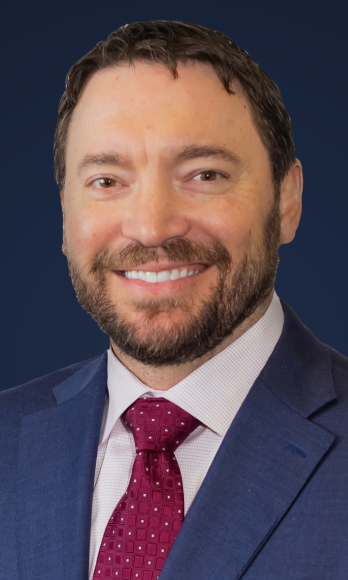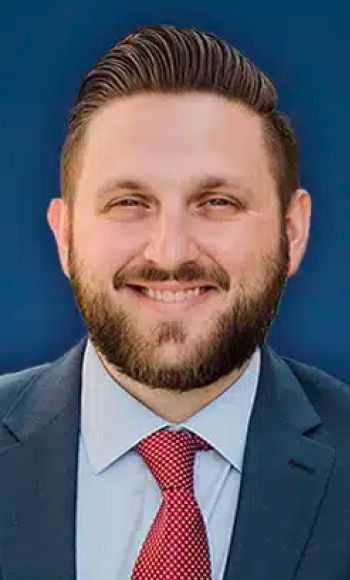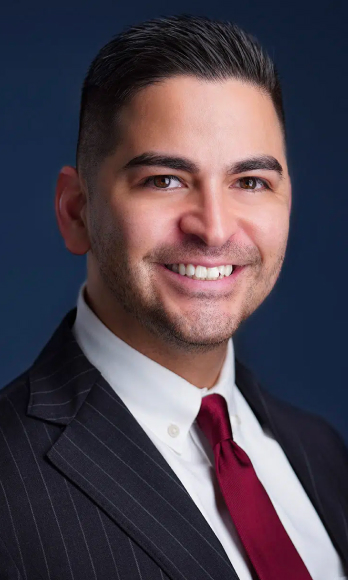San Antonio car accident lawyer
Five-star service. Seven-figure results in over 50 cases. Crosley Law can help you get justice.
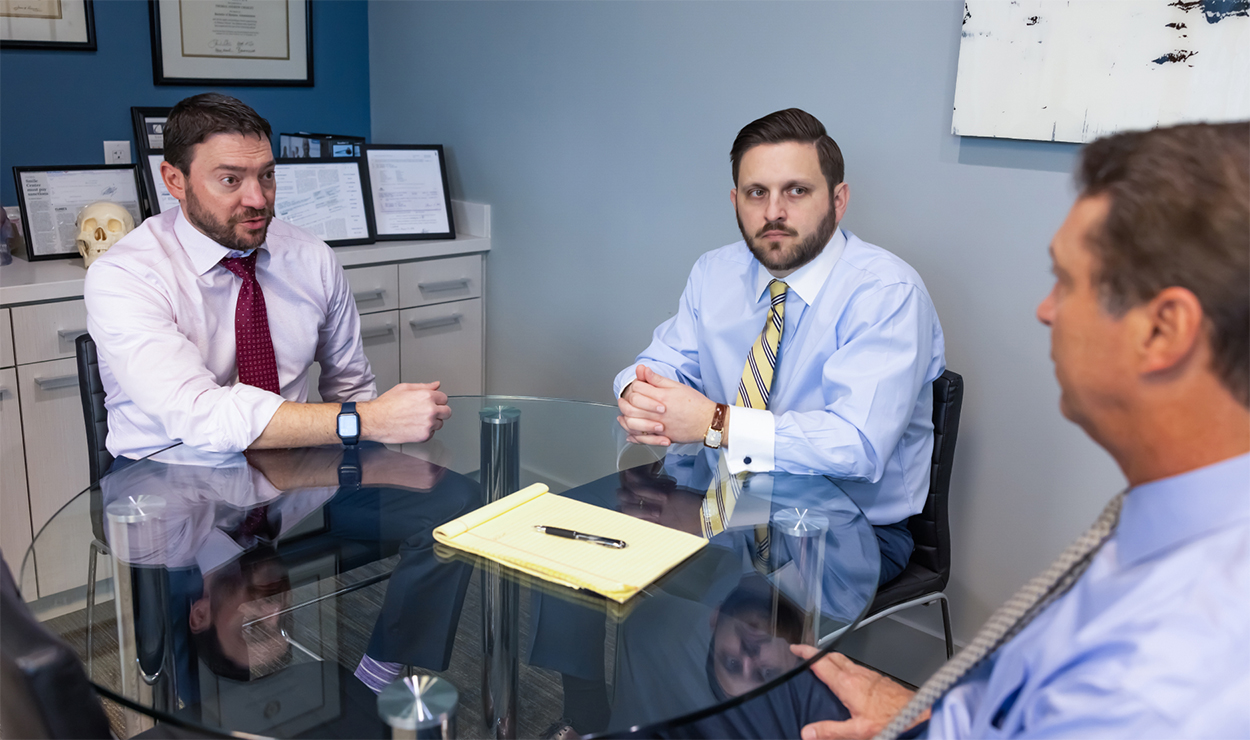
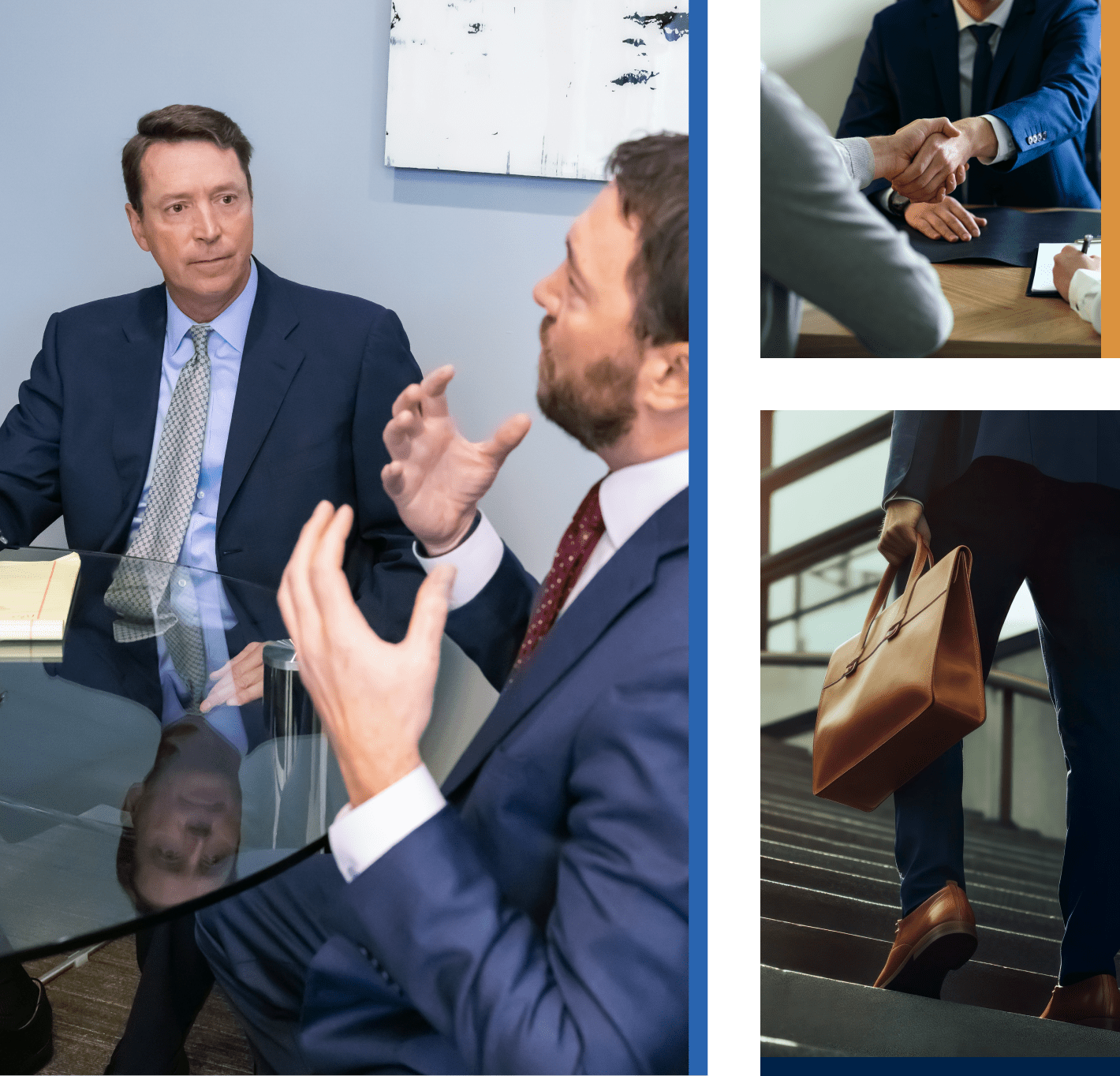
Car crash? Call Crosley.
After a serious car accident, the deck is stacked against you. The medical bills and lost wages start to pile up. And the at-fault driver’s insurance company doesn’t have your best interests at heart.
At Crosley Law, our experienced San Antonio car accident lawyers can help you level the playing field and give you the care, attention, and settlement you deserve. We work hard to make wrongs right, and our track record speaks for itself. Call us today for your free consultation.
What our clients say
Top car crash case results
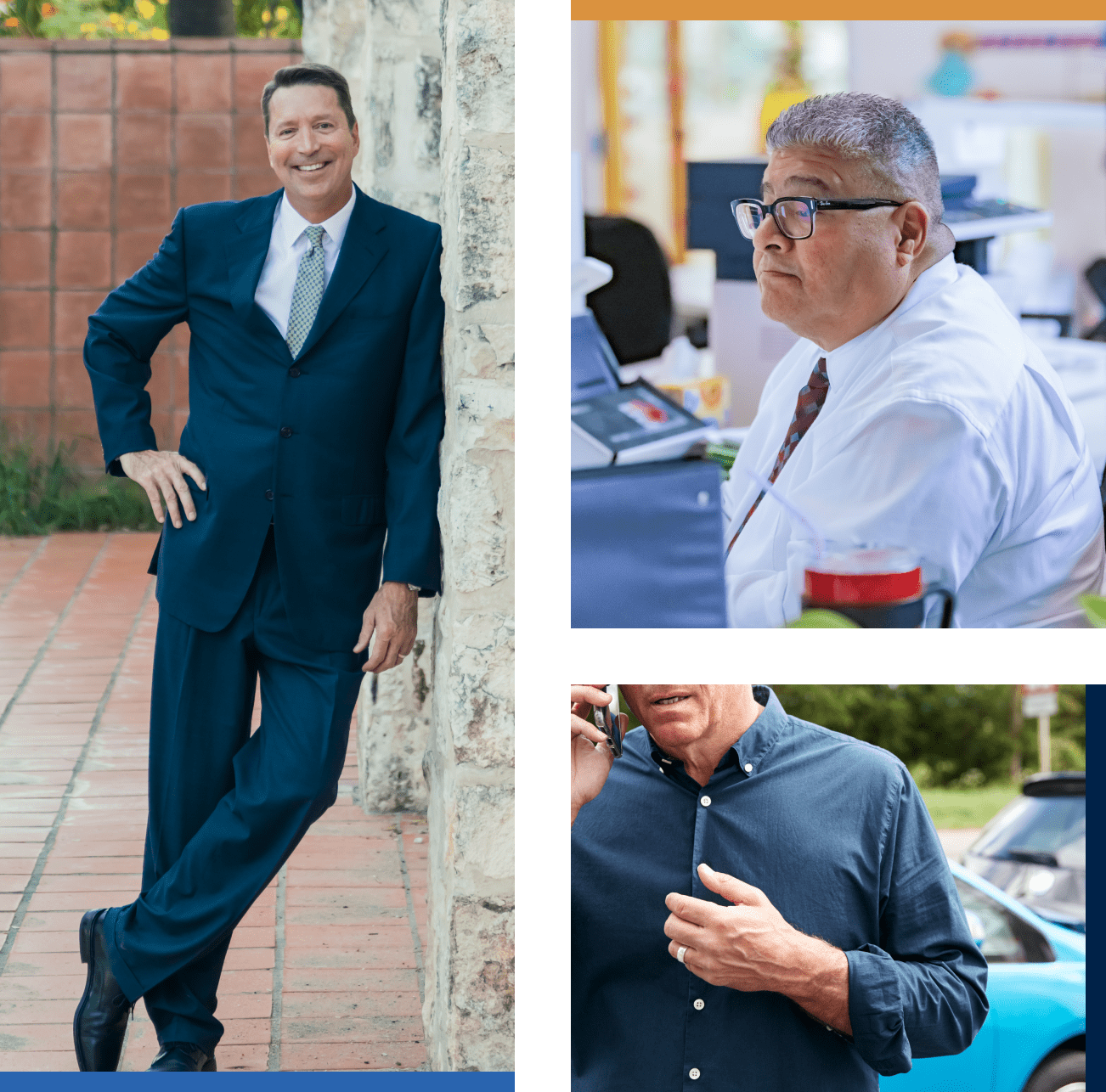
Recognized across Texas
Crosley Law has successfully handled thousands of car accident cases, winning millions for our clients over the years. Tom Crosley has been named to the Texas Super Lawyers list every year since 2006, and is a regular speaker at legal seminars focusing on motor vehicle accidents, traumatic brain injuries, and other personal injury topics.
If you’ve been injured or lost a loved one because of someone else’s careless behavior, call Crosley Law today.
Frequently asked questions
At Crosley Law, you owe us nothing up front—and if we don’t win your case, you owe us nothing, period. Our attorney’s fee is calculated as a percentage of your total settlement or verdict, then deducted along with any case fees and expenses that were incurred along the way.
We firmly believe that everyone deserves access to quality representation from an experienced car accident attorney. What matters is the truth and the merits of your case, not how much money you make.
After a car crash, it’s important to take the following steps to the best of your ability, if you can do so safely:
- Contact the police and request an accident report.
- Get the name, contact info, and insurance information from the other driver.
- Get names and contact information from any available eyewitnesses.
- Take as many pictures as you can of the accident scene—damage to the vehicle, debris, skid marks, injuries, road conditions, etc.
- Seek medical care as soon as possible for any symptoms, even minor ones, so you can document the injury (in case it gets worse).
- Contact an attorney as soon as possible for a free consultation. The sooner an attorney can begin an investigation, the more likely they will be able to obtain the critical evidence necessary to prove your case.
Do not admit fault or give any recorded statements to the insurance adjuster before you’ve had a chance to discuss your case with an experienced car accident lawyer. The insurer does not have your best interests at heart, and may try to use innocent statements against you.
In most cases, the answer is yes. Study after study shows that accident victims who hire an experienced auto accident attorney receive significantly more compensation on average that those who attempt to handle their case on their own.
The deck is stacked against you after an automobile accident. Insurance companies are incentivized to pay as little as possible to settle your personal injury claim. They’ll look for any evidence that can be used to pin the blame on you. And even if they admit their insured driver was responsible, their first settlement offer will usually be far less than what you truly deserve.
However, if you don’t know how to investigate an auto accident, what evidence you need, what experts to talk to, how to calculate damages, and how to present your case to a jury, the insurance company has no incentive to offer more than the absolute bare minimum. When you hire an experienced auto accident lawyer, you can rest assured that someone who deeply understands personal injury law is protecting your rights and fighting for every dollar you deserve.
At Crosley Law, we take pride in going above and beyond for our clients. When you work with our team, we’ll obtain all the investigative reports and documentation related to the collision. We’ll also conduct our own investigation using all the resources we have available, including:
- Detailed reviews of relevant medical records and accident reports
- Nationally and regionally recognized experts and physicians
- Crash reconstruction experts
- Crash data from the vehicles involved
- Digital crash simulations
- Multimedia presentations
- Advanced medical imaging
- Cutting-edge recordkeeping databases
- Jury focus groups
These legal and technological assets help us to prove that the negligent driver caused your injuries. And, they allow us to put a precise dollar figure on every loss that you’ve suffered because of that driver’s negligent actions.
We also act quickly. We know the insurance adjuster will try to delay your claim as much as possible, hoping you’ll cave and take a lowball settlement. You can’t wait for help and compensation. That’s why our experienced Texas car accident attorneys do everything in their power to push our clients’ cases forward and prepare every case as if it’s going to trial from day one.
Unfortunately, car wrecks can cause a wide variety of serious injuries to drivers, passengers, motorcyclists, bike riders, pedestrians, and others. Common auto accident injuries include:
- Brain injuries (TBIs), head injuries, and concussions
- Back and spine injuries, including herniated discs and spinal cord injuries
- Joint injuries to the knees, shoulders, wrists, and hips
- Broken bones
- Soft tissue injuries, like whiplash, sprains, and strains
- Mental health conditions, such as depression, anxiety, and PTSD (post-traumatic stress disorder)
- Burns
If you or a loved one suffered any noticeable symptoms in a car or truck wreck, it’s important to seek immediate medical care, even if you only have “minor” aches and pains. Sometimes, these seemingly mild symptoms are warning signs of a serious injury, like a TBI, back injury, or internal bleeding.
“Car accident” is a misnomer. There’s nothing accidental about most motor vehicle collisions. Almost always, someone’s recklessness, poor decision-making, or inattention is what caused your injuries.
Because every collision is unique—and the insurance company will be looking for excuses to get out of paying you what’s fair—our personal injury attorneys carefully investigate each car crash, looking for all the possible causes and contributing factors. Some of the most common car accident causes we see include:
- Speeding and driving too fast for the road and weather conditions
- Failure to yield the right of way
- Improper lane changes
- Ignoring red lights, stop signs, and other traffic control devices
- Distracted driving, including texting while driving
- Drunk and drugged driving
- Drowsy driving
- Improper maintenance
- Defective and dangerous vehicles and parts, like brakes, tires, and airbags
- Violations of state and federal trucking regulations
Having auto insurance or health insurance will not fully protect you or your loved ones from the costs of other people’s negligence, especially when it comes to a San Antonio car crash. Here are a few important things to consider about car insurance after a wreck:
- Insurance companies increase their profits by denying, delaying, and underpaying valid injury claims.
- Changes in Texas law have made it even more difficult for injured victims to receive full compensation for their medical costs.
- You should consult a qualified and experienced personal injury attorney before negotiating with an insurer or accepting a settlement offer.
The value of your car wreck claim depends on a lot of factors. One of the main factors is what relevant insurance coverage exists and what the policy limits are on that coverage.
Texas’ injury laws are fault-based. So, under most circumstances, you will file your primary insurance claim with the at-fault driver’s insurance company, not your own insurer.
However, you may have several insurance claims, depending on your coverage. These claims may include:
- Liability insurance. The at-fault driver’s policy should cover your injuries up to the policy limits. Under Texas law, every driver must carry at least $30,000 per person in bodily injury coverage (up to $60,000 per crash) and $25,000 in property damage coverage.
- Personal injury protection (PIP). Unless you declined PIP in writing, this no-fault coverage should help cover your lost income and medical bills, no matter who caused the car crash.
- Uninsured and underinsured motorist (UM/UIM). If the at-fault driver did not have enough insurance coverage, this optional policy may step in and provide additional compensation for your injuries. You should have UM/UIM coverage unless you declined it in writing.
- Collision. This type of insurance covers the costs of repairing or replacing your damaged car up to your policy limits.
Many of our clients don’t realize that their own insurance policies may cover some medical costs and lost income. If you need help identifying the insurance policies that cover your car crash, contact Crosley Law for help. Consultations are always free, and we will never charge you a fee unless we help you settle or win your claim.
Our team at Crosley Law will leave no stone unturned as we fight to get you the best value possible for your claim. Our team has multiple wins of $1 million or more in motor vehicle collision claims, and our average case settles for about $250,000.
Damages you can claim after a motor vehicle accident include:
- Economic damages. How much did the crash cost you in financial terms, both now and in the future? This includes things like medical bills, lost wages, and reduced future earning potential.
- Non-economic damages. Not all damages can be measured in precise dollars and cents. You are entitled to seek compensation for pain and suffering, emotional trauma, disfigurement, loss of enjoyment of life, and other physical and emotional injuries that may not have direct associated costs, but do have a negative impact on your life.
- Punitive damages. Sometimes, if the at-fault driver acts with especially reckless disregard or malicious intent, punitive damages might also be awarded. Although these damages are rare, a thorough and prepared attorney with extensive trial experience can give you a better chance of obtaining them if they apply to your case.
That said, it’s important to understand that a case is ultimately worth “whatever a jury thinks it’s worth.” The insurance company will try to argue that your actual damages are less than what you claim. And the actual amount you can obtain may be limited by the amount of insurance coverage available, or whether you share some of the blame for your car crash.
Major factors that influence how much a case is worth include:
- Total medical expenses attributable to the crash.
- Total lost wages.
- Amount of insurance coverage available.
- How clear the liability is in the case (e.g., was it clearly one person’s fault, or is responsible shared or debatable?)
- “Aggravating facts” that make the at-fault party less sympathetic in the eyes of a jury.
At Crosley Law, we take a comprehensive approach to San Antonio car crash claims, and we start by identifying all potential sources of compensation. This process includes investigating and documenting things like:
- The at-fault driver’s insurance policy and personal assets
- The liability of the manufacturers and sellers of mechanically defective parts
- Current medical expenses
- Future medical treatment and long-term care needs
- Lost income and wages
- Future earning potential
- Pain and suffering
- Permanent injury costs
- Funeral and burial expenses
It’s nearly impossible for victims to sort out all of these issues on their own. When you work with Crosley Law, you can focus on your physical and emotional recovery, not the details of your case or its settlement value. We deliver outstanding service, and we’ll continue to help you even after your case is closed.
Once you identify all the insurance policies that cover your car crash, you’ll need to file insurance claims.
The claim process typically includes:
- Notifying the insurance company and providing them with basic information about your crash
- Completing and signing a series of forms that outline your injuries, the circumstances surrounding the car wreck, and medical releases
- An investigation of your claim, which may include independent medical examinations, surveillance, and requests for recorded statements
- A decision from the insurance adjuster that typically either offers a settlement or denies your claim
It’s best to work with an experienced San Antonio car accident lawyer from the very start. When you work with Crosley Law, we’ll handle the details of your case at every step, including all the relevant paperwork and deadlines. If the insurance company denies your claim or refuses to offer a fair settlement, then we’ll file a personal injury lawsuit and demand a jury trial on your behalf.
You need to act quickly. In Texas, you only have two years from the date of the crash to file a personal injury lawsuit. If you miss this deadline, which is sometimes called the statute of limitations, you may lose your right to compensation forever.
However, it’s important to begin investigating your case as soon as possible. The longer you wait, the greater the risk that key evidence will go missing or be destroyed, and the less time your attorney will have to build your case and negotiate with the insurer.
Whether your case gets tried in court or settles out of court, our work does not end when you make a financial recovery. After your case reaches a resolution:
- We work with medical providers and health insurers to reduce your medical bills and resolve hospital liens.
- We continue to stay in touch and help you recover from the lifelong physical, mental, emotional, and financial costs of a car accident.
- Our biggest reward is seeing you recover and lead a life as close as possible to the one you had before someone else hurt you in a crash. That’s the goal we’re always striving toward.
Related practice areas
Who we are
Our car accident lawyers go the extra mile to make wrongs right and get the justice our clients deserve. Have a case you need help with? Call us today.





